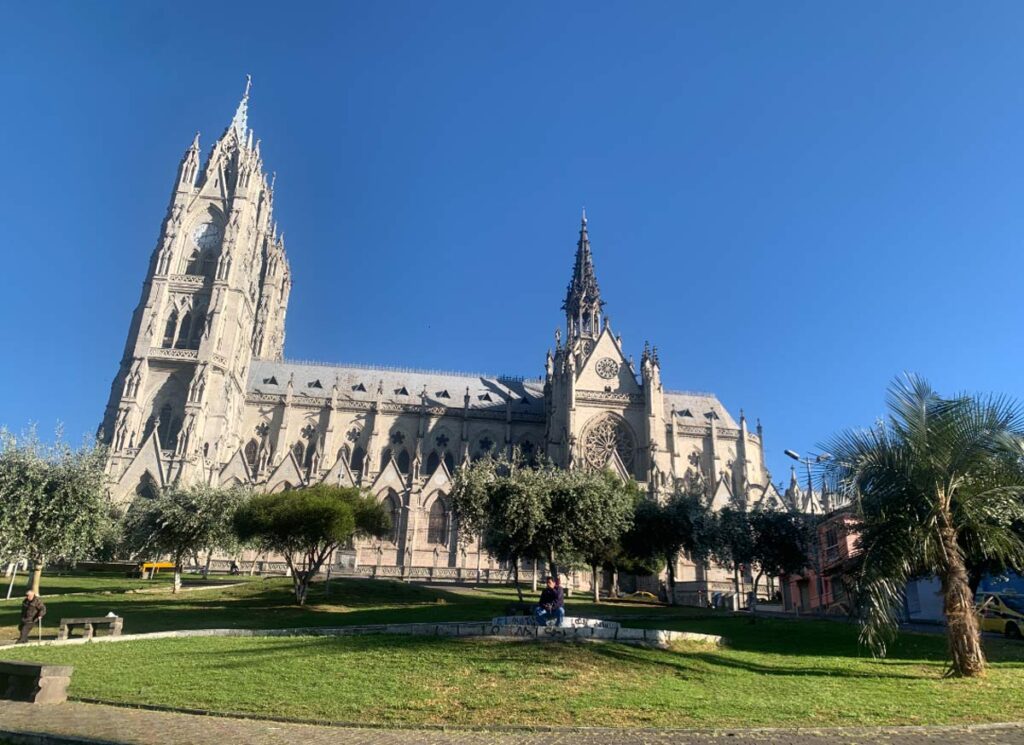Introduction
Nestled high in the Andes at over 9,000 feet above sea level, Quito, the bustling capital city of Ecuador, is a destination rich in history, culture, and natural beauty. Founded in the 16th century on the ruins of an Inca city, it boasts one of the most well-preserved historic centers in the world, earning its recognition as a UNESCO World Heritage Site in 1978. Quito seamlessly blends colonial architecture with modernity, offering an array of experiences that cater to history enthusiasts, avid adventurers, and curious culinary explorers alike.
Visiting Quito means journeying through time, immersing yourself in local traditions, and marveling at breathtaking landscapes. This article serves as your guide to the 17 best things to do in Quito City, ensuring you won’t miss a single gem in this culturally rich capital. So pack your bags, lace up your shoes, and get ready to explore every nook and cranny of this mesmerizing South American city.
Main Attractions
1. Explore Quito’s Historic Center (Centro Histórico)
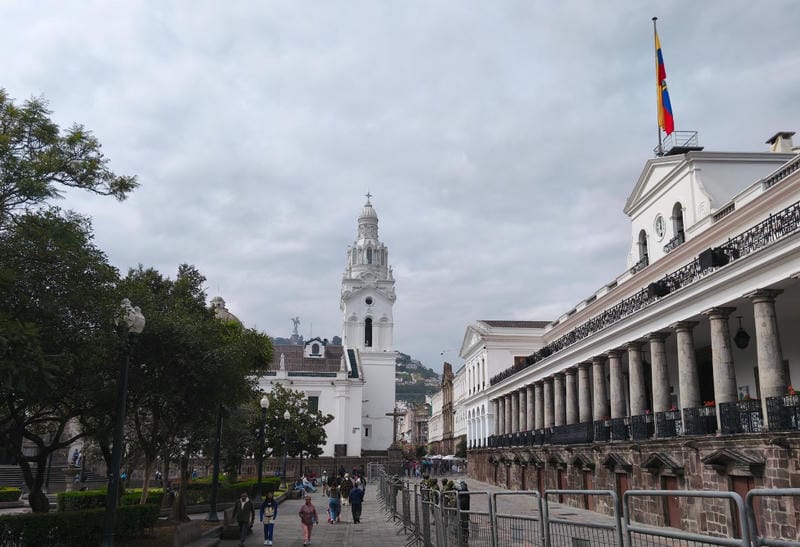
Start your exploration in Quito’s heart—the Centro Histórico (Historic Center). This 320-hectare area boasts colonial-era architecture, cobblestone streets, and lively plazas that make it a paradise for history and culture lovers. Known as the best-preserved historic center in South America, this UNESCO World Heritage Site captivates visitors with its timeless charm and grandeur.
Head to Plaza Grande, the city’s central square, where history unfolds before your eyes. Flanked by the Presidential Palace (Carondelet Palace) and the Cathedral of Quito, the square is alive with culture and political significance. Walk a few blocks further to marvel at architectural masterpieces like the San Francisco Church, whose elaborate stone façade and intricate interior designs date back to the 16th century.
A guided walking tour of the Historic Center is the best way to uncover its rich history, from the colonial period to Ecuador’s fight for independence. Make sure to stop by small family-owned shops along the way to sample souvenirs and local flavors, like empanadas or canelazo, a traditional hot cinnamon drink.
2. Visit Mitad del Mundo (The Middle of the World)
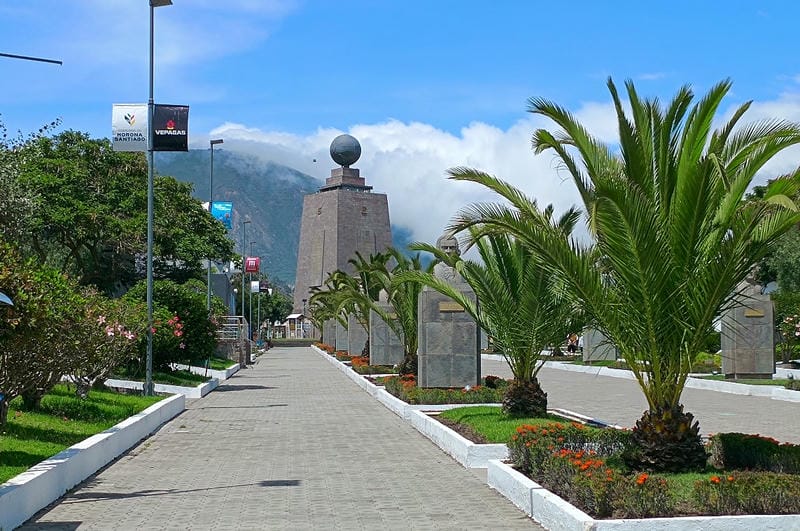
No trip to Quito is complete without standing at the equatorial line, where the Earth’s hemispheres meet. Located just 26 kilometers outside of Quito, the Mitad del Mundo Monument marks this unique location, making it a popular attraction for both locals and tourists.
Dive into the exhibits at the Mitad del Mundo Museum to learn about the science, history, and cultural significance of the equator. The site also features interactive demonstrations that showcase bizarre phenomena, such as balancing eggs on nails and observing how water drains differently on either side of the line.
For a more precise experience, visit the nearby Intiñan Solar Museum, which uses GPS data to pinpoint the true equatorial line. Coupled with opportunities to experience indigenous Ecuadorian traditions, this landmark offers a memorable glimpse into both science and culture.
3. Ride the TeleferiQo Cable Car
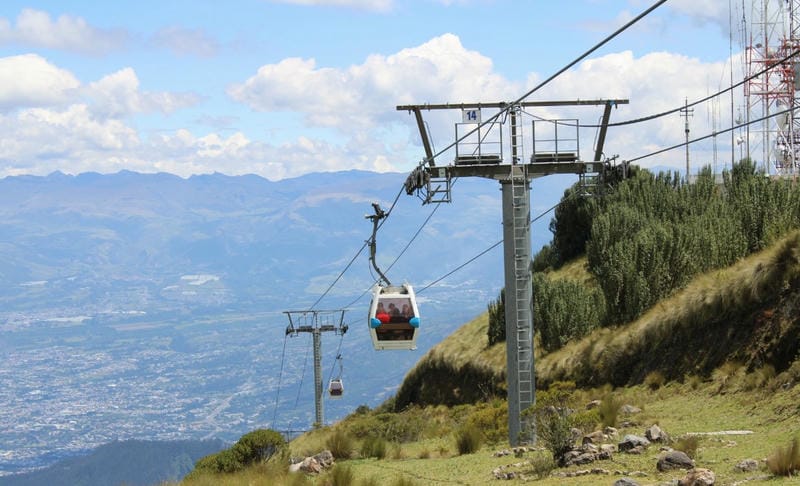
Adventure seekers and lovers of breathtaking views should not miss the TeleferiQo Cable Car, Quito’s iconic aerial gondola ride. One of the highest cable cars in the world, it ascends from the city to Cruz Loma, a mountain peak at over 13,000 feet above sea level.
The journey offers unparalleled views of Quito’s sprawling cityscape nestled amidst Andean valleys. On clear days, visitors can spot the snow-capped peaks of volcanoes like Cotopaxi and Chimborazo, which provide a dramatic backdrop to the city.
At the summit, visitors can hike along scenic trails or enjoy activities like horseback riding. Due to the high altitude, it’s crucial to acclimatize before visiting and wear appropriate clothing to protect against chilly temperatures. Whether you’re an avid hiker or simply want to immerse yourself in nature, the TeleferiQo promises a remarkable adventure with panoramic views.
4. Stroll Down La Ronda Street
Dripping with charm and creativity, La Ronda Street is a must-see destination for visitors seeking a mix of history, art, and culinary delights. This narrow, cobblestone lane, brimming with balconied houses decorated with flowers, reflects Quito’s colonial heritage.
La Ronda has transformed over the centuries into a cultural hub that preserves the city’s traditions. Today, it is home to vibrant artisan workshops, local bakeries, and cafes serving dishes like empanadas de viento and quesadillas quiteñas. Visit during the evening when the street comes alive with colorful lights, street performances, and music.
Take your time exploring the artisan shops, where you can watch skilled craftsmen make toquilla hats, leather goods, and musical instruments, or try your hand at crafting a souvenir yourself. Strolling through La Ronda is like stepping into Quito’s soul, offering a blend of authentic culture, art, and history.
5. Marvel at the Basilica del Voto Nacional
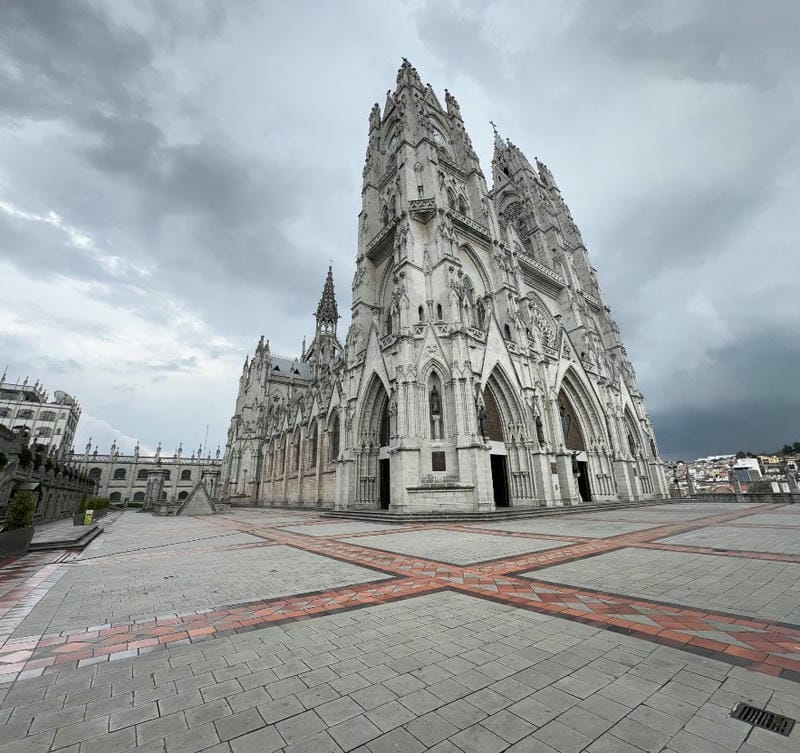
Quito’s skyline is marked by the grandeur of the Basilica del Voto Nacional, the largest neo-Gothic basilica in the Americas. Its intricate design, complete with gargoyles that resemble Ecuadorian animals such as iguanas and condors, is unlike any other.
Visitors can climb the basilica’s towers for stunning views of the city below. The climb is an adventure in itself, requiring you to navigate steep ladders and narrow passages, but the reward is well worth the effort. Once you’re atop the towers, you’ll be treated to an unparalleled perspective of Quito’s Historic Center and the surrounding Andes.
The basilica also holds religious significance and remains an active place of worship. A guided tour will provide insights into its history, including the intriguing legend that the completion of this basilica would signal the end of the world. Don’t forget your camera because this architectural marvel offers countless photo opportunities both inside and out.
Cultural Experiences
6. Discover Local Art at La Floresta Neighborhood
Known as Quito’s bohemian district, La Floresta is a haven for art enthusiasts and creative minds. Its vibrant murals, street art, and indie galleries make it one of the best areas to appreciate Quito’s contemporary art scene.
Stroll through its streets and explore hidden alleys adorned with colorful artwork created by both local and international artists. Stop by the small art galleries, like Taller Tarabita or La Huella, to discover how Quito’s modern art scene interprets traditional themes. The neighborhood is also home to charming cafes where you can enjoy freshly brewed Ecuadorian coffee while mingling with local artists and writers.
La Floresta thrives on its creative and laid-back energy. Whether it’s savoring a delicious vegan meal at a trendy restaurant or attending one of the many art events held here, this neighborhood has something for everyone.
7. Visit La Capilla del Hombre (The Chapel of Man)
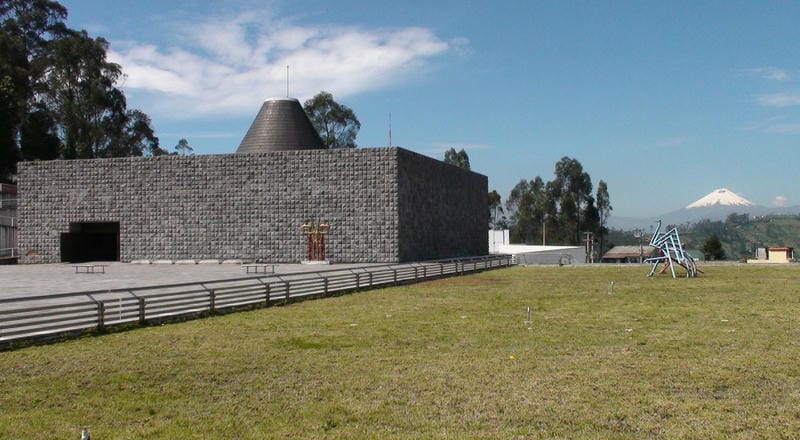
Art lovers should not miss the chance to visit La Capilla del Hombre, the masterpiece of Ecuadorian painter and sculptor Oswaldo Guayasamín. This museum celebrates the resilience and struggles of the people of Latin America through Guayasamín’s emotive works.
The circular structure, designed by the artist himself, creates an immersive experience that conveys emotional depth. His powerful paintings, combined with thematic sculptures and murals, address heavy topics such as poverty, oppression, and social justice.
Adjacent to the chapel is Guayasamín’s former home, which provides additional context about his life and inspirations. The museum is as much an emotional journey as it is an artistic one, making it a must-see for those eager to connect with the deeper aspects of Latin American culture.
8. Explore Museums in Quito
Quito is home to an impressive array of museums that capture the essence of Ecuador’s history, art, and identity. For a deeper dive into the city’s past, start with the Museo de la Ciudad, which walks visitors through Quito’s transformation from pre-Columbian times to the present day.
The National Museum of Ecuador (Museo Nacional del Ecuador) houses an impressive collection of archaeological artifacts, colonial art, and contemporary works that highlight Ecuadorian culture and artistic expressions through the ages.
For something quirkier, visit the Museo Intiñan, which blends science and folklore on the exact location of the equatorial line. Meanwhile, the Museo Mindalae delves into indigenous cultures, showcasing traditional crafts and the everyday lives of Ecuador’s native communities.
These museums offer a comprehensive understanding of Quito, ensuring that visitors leave with both meaningful memories and newfound knowledge about Ecuador’s rich cultural heritage.
Natural Attractions
9. Enjoy Views from El Panecillo
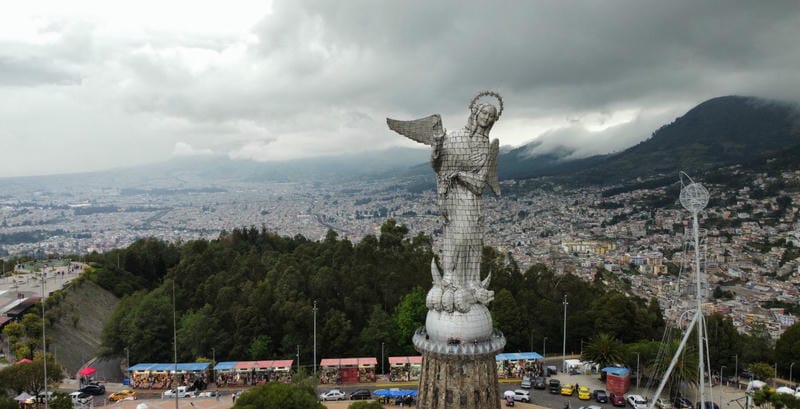
Rising over Quito’s skyline, El Panecillo is a volcanic hill that offers stunning panoramic views of the city’s contrasting neighborhoods—from the red-tiled roofs of the Historic Center to the sprawling modern districts. Atop the hill stands the Virgin of El Panecillo, a 45-meter-tall aluminum statue of the Virgin Mary crafted in the style of the “dancing madonna.”
A short cab ride from the Historic Center will bring you to this iconic site. Once there, soak in the 360-degree views of Quito and its surrounding Andean peaks. Early mornings or sunsets are the best times to visit, as the changing light creates a postcard-perfect scene ideal for photography.
While the area is now considered safer due to enhanced security, it’s still a good idea to take precautions such as traveling with a guide or a group, especially if walking around after dusk. The combination of breathtaking views and cultural significance makes El Panecillo a must-visit destination in Quito.
10. Relax in Parque Itchimbia
For an oasis of tranquility within Quito, Parque Itchimbia is an excellent choice. Situated atop a hill, this urban park features expansive green spaces, jogging trails, picnic spots, and some of the best views of the city’s Historic Center.
This park is also home to the Palacio de Cristal, an iron-and-glass structure that often hosts cultural exhibitions, concerts, and events. Whether you’re visiting for a family outing, an afternoon jog, or to simply relax with a book while taking in the scenery, Itchimbia offers an ideal escape from Quito’s hustle and bustle.
The park is at a slightly elevated altitude, so take it slow if you’re still acclimatizing. For a peaceful and scenic retreat, Parque Itchimbia is the go-to spot for both locals and visitors.
Day Trips from Quito
11. Day Trip to Otavalo Market
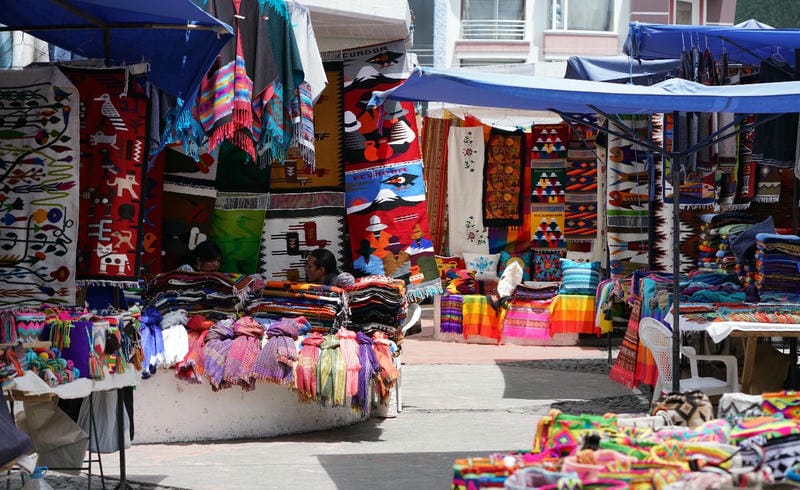
If you’re looking for an authentic cultural experience, a visit to the Otavalo Market is a day trip you won’t want to miss. Located roughly two hours from Quito, Otavalo boasts one of South America’s most famous indigenous markets, where locals sell handmade crafts, textiles, jewelry, and other goods.
The market is especially vibrant on Saturdays, although you’ll find plenty to explore any day of the week. Items like woolen blankets, ponchos, and bags make for wonderful souvenirs. Make sure to practice your bargaining skills; haggling is common here and adds to the experience.
Beyond the market, Otavalo is a beautiful place to soak in Andean landscapes. Consider extending your trip to visit nearby natural attractions, such as Peguche Waterfall or Cuicocha Lake. Getting to Otavalo is easy by bus or with a private tour, making this a must-include excursion on your Quito itinerary.
12. Visit Cotopaxi National Park
For those seeking adventure, a day trip to Cotopaxi National Park will fill your desire for awe and adrenaline. Only an hour and a half drive from Quito, this national park is home to Cotopaxi Volcano, one of the highest active volcanoes in the world.
Hiking in the park is a popular activity, with trails that cater to both beginners and experienced trekkers. For the more adventurous, there are opportunities to go horseback riding or mountain biking through the park’s scenic terrain. Bird watchers and wildlife enthusiasts can also spot Andean condors, wild horses, and llamas roaming freely in the park.
Don’t forget to check the weather before heading out, as clear skies provide a stunning view of Cotopaxi’s snow-capped peak. Even if you don’t embark on challenging hikes, simply breathing in the fresh mountain air and taking in the vast landscapes will make your visit an unforgettable experience.
Additional Activities
13. Wander through La Carolina Park
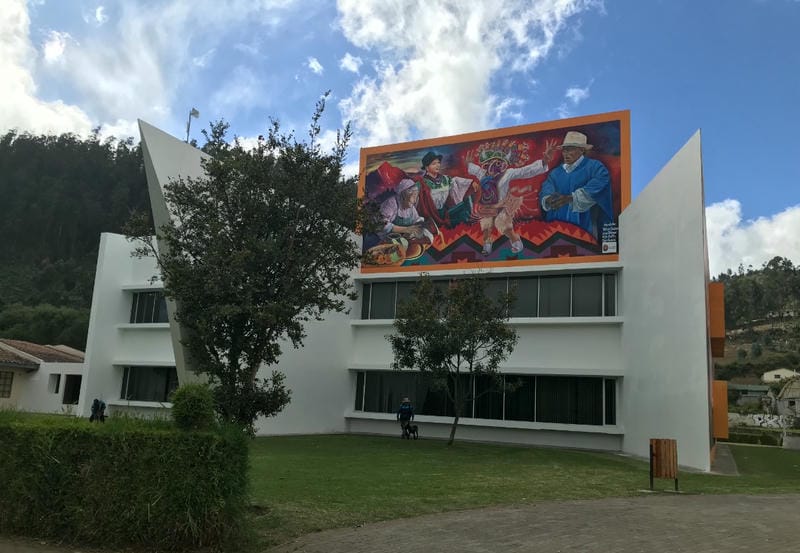
In the heart of Quito’s modern district lies La Carolina Park, a sprawling urban park that offers endless recreational opportunities. Whether you’re in the mood for jogging, paddle boating, or simply relaxing under the shade of a tree, this park is a favorite hangout spot for both locals and tourists.
The park also features an interactive science museum, a botanical garden, and recreational courts for sports like soccer and basketball. Don’t miss the small market stalls offering local snacks and drinks—a great way to enjoy a casual lunch while unwinding in one of the city’s greenest spaces.
La Carolina is ideal for families and travelers seeking a break from Quito’s more crowded attractions. It’s a reminder of how vibrant and multifaceted the city’s urban spaces can be.
14. Explore El Ejido Park
Situated just north of the Historic Center, El Ejido Park is smaller and less touristy than La Carolina but equally charming in its own right. Known for its relaxed atmosphere, the park is home to Quito’s artisan markets, where you can find unique handicrafts, paintings, and sculptures that highlight Ecuador’s diverse cultural identity.
Art enthusiasts may stumble upon local artists showcasing their watercolor landscapes and intricate designs, which make for wonderful keepsakes. The park is also popular among locals who gather to play chess, soccer, or simply catch up with friends.
With its peaceful environment and abundance of local flavor, El Ejido Park offers a more understated yet fulfilling way to connect with Quito’s artistic and relaxing side.
Food & Dining Experiences
15. Sample Local Cuisine in Quito’s Markets
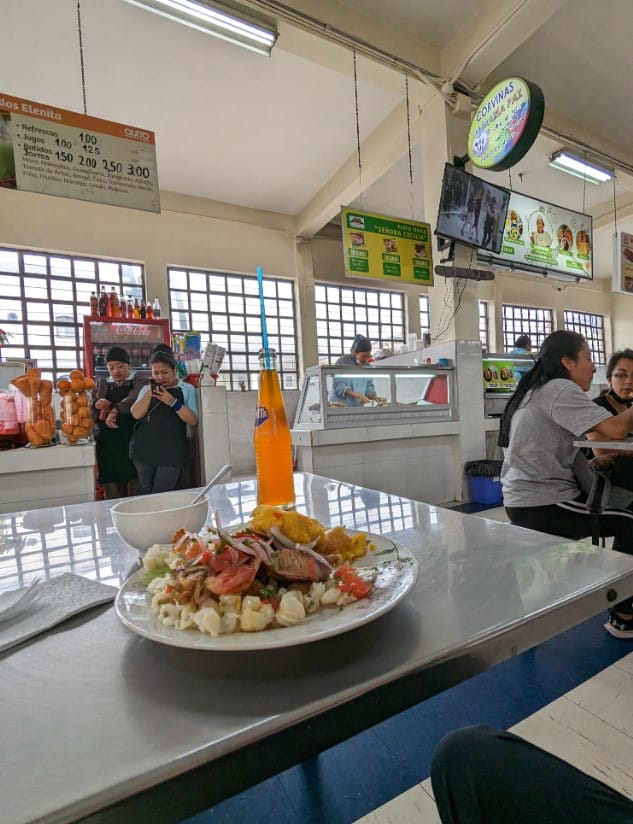
Ecuador’s culinary delights are best experienced in Quito’s vibrant markets, where traditional flavors and local ingredients shine. Visit the Mercado Central or Mercado San Francisco to try some of the city’s most iconic dishes.
Top recommendations include ceviche de chocho (made with white lupin beans and a tangy citrus base), empanadas de morocho (corn-flour empanadas stuffed with meat), and hornado (slow-roasted pork served with potatoes and a salad). Wash down your meal with a fresh juice made from tropical fruits like unripe mango, guanabana, or naranjilla.
For dessert lovers, helado de paila, a traditional fruit sorbet made in large copper bowls, is a refreshing treat that has been served in Quito for centuries. Experience Quito’s markets not just for their food but also for the rich community vibe that fills these lively spaces.
Unique Experiences
16. Tour the Presidential Palace
Step into Ecuador’s political history with a visit to the Carondelet Palace, also known as the Presidential Palace. Located on Plaza Grande, the palace offers free guided tours that delve into the nation’s governance, history, and art.
Visitors have the rare opportunity to see official meeting rooms, galleries filled with gifts from international delegations, and historical artifacts. A friendly guide will provide historical anecdotes about Ecuadorian presidents and the palace’s architecture.
Make sure to book your tour in advance and bring your passport, as it’s required for entry. This enriching experience offers a glimpse into Ecuador’s political past and present.
17. Experience Quito’s Nightlife at Plaza Foch
As the sun sets, make your way to Plaza Foch, the centerpiece of Quito’s bustling nightlife scene. This vibrant square is lined with eclectic restaurants, chic cafes, and bustling shops, making it a hub for entertainment and socializing.
While Plaza Foch is popular for its bars and clubs, it also caters to those seeking a more relaxed evening. Enjoy live music, people-watching, or indulging in local dishes paired with a café con leche or Ecuadorian hot chocolate.
If you decide to stay late, exercise caution and use licensed taxis or rideshare apps to return to your accommodation safely. Plaza Foch encapsulates the energy and cosmopolitan spirit of modern Quito, offering yet another layer of diversity in this multifaceted city.
FAQs Section
- What is the best time to visit Quito?
Quito enjoys a mild climate year-round, but June to September is generally considered the best time to visit due to its drier weather. - How do I get around Quito safely?
The safest way to navigate Quito is by using official taxis, ridesharing apps (like Uber or Cabify), or private tours. Avoid walking alone late at night, especially in less populated areas. - Are there any safety concerns for tourists?
While Quito is generally safe for tourists, petty theft is common in crowded areas. Always remain vigilant, keep your belongings secure, and avoid showing valuables in public. - What should I pack when visiting Quito?
Layers are essential due to Quito’s high-altitude weather, which can shift quickly. Comfortable walking shoes, sunscreen, and a rain jacket are also a must. - How does altitude affect visitors?
Quito sits at over 9,000 feet above sea level, so some travelers may experience mild altitude sickness. Drink plenty of water, avoid strenuous activities for the first day, and consider carrying altitude sickness remedies.
Conclusion
Quito, a city brimming with historical, cultural, and natural wonders, is a destination that promises something for everyone. From its colonial-era landmarks and lively art districts to its breathtaking Andean landscapes and rich culinary traditions, Quito offers an unparalleled journey into Ecuador’s heart and soul.
Whether you’re marveling at Mitad del Mundo’s equatorial magic, hiking Cotopaxi’s trails, or savoring a plate of Ecuadorian hornado, the city’s diversity ensures you’ll leave with unparalleled experiences and memories. So start planning your trip to Quito and discover why it’s considered one of South America’s most fascinating capitals. Happy travels!
